In November of last year, The Advocate published an essay by filmmaker Robert Camina concluding that, after years of extensive research for his documentary Upstairs Inferno, a man named Larry Norman Frost was one of the unidentified victims of a 46-year-old hate crime, the UpStairs Lounge fire. Shortly after the article was published, The Advocate received an essay from Robert Fieseler and Clayton Delery, who have both written books on the tragedy, refuting much of Camina's evidence. Here is Camina's point-for-point rebuttal to Fieseler and Delery's accusations.
My portfolio of work over the past 10 years is rooted in crime investigative research. I have extensive experience uncovering and carefully analyzing information, especially when it comes to police reports, witness statements, and other evidence. I take the research process very seriously. I approached the Larry Norman Frost investigation no differently.
As I mentioned in my original article, in the Spring of 2018, Frost's niece sent a message through the Upstairs Inferno Facebook page, informing me that her uncle was killed in the UpStairs Lounge fire and was one of the "unidentified white males." She wanted to break her family's silence. The cause of his death had been a generally accepted truth that circulated within the family for nearly four and a half decades. She asked if I could provide the family with more information and help her uncle receive recognition as a casualty of this tragedy.
What followed was six months of dedicated research, in-depth interviews, careful analysis, and ultimately, the November Advocate article that methodically presented how and why there was more than enough evidence to reasonably conclude that Larry Norman Frost was one of the unidentified victims.
Now I find my work, professional integrity, and credibility under attack with this caustic letter addressed to the Advocate editors. What's surprising is that it is written by two colleagues who have praised my work in the past and even sought my help with their own projects. In 2015, after watching my documentary, Upstairs Inferno, Fieseler sent me an email with the following: "I just wanted to email and congratulate you on your triumph... [I] was blown away by the depth of your interviews and the skill with which you made such a complex event relatable and understandable... I feel honored and a bit intimidated now to be reporting in the same historical space -- as I feel that your work has made such an indelible statement." In the months that followed, as he continued to work on his book about the UpStairs fire, he emailed or called a number of times to ask questions or get advice.
Delery and I have collaborated on multiple occasions since we met in 2014 on the set of my documentary. In 2016, he asked me to write the foreword of his new book, Out for Queer Blood. Clearly, they viewed me as an established historian with keen research and responsible storytelling skills. As if I suddenly abandoned my experience, skills, standards, and ethics to write this article, they now feel I am someone who mishandles an investigation, mishandles evidence, acts unethically, and makes deceptive claims.
If Delery or Fieseler had questions about my research or conclusions regarding Larry Frost, they could have contacted me directly and discussed them. Neither called, emailed, or otherwise attempted to contact me prior to the writing of this letter.
The Advocate published my article on November 15, 2018, nearly 10 months ago. Since we had several brainstorming sessions during my investigation, I called Delery on December 4th to chat about the newly published article. It was not an extensive conversation, but we did talk about a typed document that is archived at the main New Orleans Public Library, along with the Up Stairs Lounge fire police report and autopsies. Contrary to what their letter suggests, at no point during the conversation was I accused of "omitting" relevant information from this document in my Advocate essay, nor was there a suggestion to "correct" the perceived misdoing. In fact, Delery was far from adversarial. The call was very brief and professional. We have had many conversations over the years, filled with respectful exchanges of ideas. This conversation was not unlike the others. When I hung up, I had no reason to believe he was harboring so many concerns and would allow them to fester. I am at a loss as to why he didn't follow-up on that call, so we could have discussed matters in more detail. Delery, Fieseler, and I are professionals that share a mutual passion, so it's unfortunate that they have chosen to air their grievances in the public spotlight, rather than engage in a productive conversation.
As I read Delery and Fieseler's letter to the editors addressing my article about Larry Frost, I was appalled at the extent they went to not only contest my findings, but also publicly malign my reputation.
Despite what Delery and Fieseler want readers to believe, I have a great deal of respect for history and have spent my entire career building a reputation for telling stories responsibly. Over the years, I have received letters of commendation and accolades for my work from high-ranking government officials to members of academia. This should speak volumes to my work ethic. Any allegation that implies that I have acted irresponsibly, unethically, or betrayed the public's trust with my article is categorically offensive and completely unfounded.
Their letter is filled with assumptions and opinions presented as facts, flawed logic, and blatantly incorrect information in a manic effort to contradict my conclusion and/or implicate ethics violations.
Delery and Fieseler rely on a single typewritten document to support the bulk of their arguments. The document lists the names of potential victims, and in some cases, physical descriptions and/or possessions they may have had on them at the time of the fire. Delery and Fieseler display an unsettling level of confidence in this document, repeatedly referring to it as they attempt to chip away at my findings. They even accuse me of withholding relevant information since I decided not to include details from this document in my final article. As proof of my alleged unethical behavior, Delery and Fieseler submitted a photo of the typed document to The Advocate as evidence. However, the only thing the photo proves is that the typed document exists. It doesn't prove the document is accurate, reliable or credible evidence. Therein lies the rub.
Critically analyzing source material is a vital component of the investigative research process. The researcher must determine if it is credible. This is accomplished by applying evaluation criteria. It must illustrate reliability, authority, correctness, and appropriateness. After a lengthy and considerably earnest evaluation, I determined that the document in question did not provide enough information to satisfy the necessary criteria to qualify as a credible source for this particular investigation.
For starters, the author of the document cannot be verified. Delery and Fieseler stated that it's "widely understood" that the New Orleans Police Department and the Orleans Parish Coroner pooled information to create this document. Just because something is "widely understood," doesn't necessarily mean it's accurate. That's why it's so important to vet source material.
In addition, there's no tracking record detailing how, when, or where the information in this document was collected or collated.
It is important to note that an earlier version of this document is also on file, but it was clearly a work in progress. It was interesting to see that some of the pages were drafted using a cursive typeface, while other pages in the same document used standard type. This could suggest that multiple people worked on the document, but that's not unreasonable given the magnitude of the investigation. However, the lack of continuity contributes to the mystery behind the ultimate source of the final document. Handwritten notes are scribbled on every page of the rough draft. Most of the notes pertain to the potential victims already typed out, but additional names are added to the list. All versions of the document, including the "final" typewritten version, are archived in the library, but none of them are identified as the product of the New Orleans Police Department or labeled as an official supplement to the police report. Delery and Fieseler speculate that the ultimate author is the New Orleans Police Department and that may be an accurate assumption, but it simply cannot be confirmed with absolute certainty.

But, for argument's sake, assuming the New Orleans Police Department is the ultimate source of the document, who at the department compiled the various details? How were the details obtained? Through the police department, the coroner's office, or both? Were the details obtained by one of the official investigators? By several investigators? An operator that took a message that they then passed along? The chain of custody of this information is nonexistent.
I know these questions/hypotheticals may sound extreme, but I provide them as examples as to why the document did not meet the necessary criteria to be deemed reliable source material.
However, the concerns I had with the document go beyond knowing the author. There's a bigger issue: the reliability of the information in the document. The content raises a lot of questions.
Who provided the various personal details? More specifically, who was the source (or sources) of Frost's alleged description? Was the source qualified to provide accurate information? It is impossible to gauge if this source personally knew Larry Frost, and if so, how well.
Simply put, there are too many variables and too many unknowns to use this document to prove or disprove the family's claim that Frost was killed in the UpStairs Lounge arson and is one of the unidentified victims. That was, of course, the objective of the Larry Frost investigation.
Regardless, Fieseler and Delery specifically cite a description in the document that states Frost "may have glass left eye" -- "may have." Since the coroner's office did not discover a glass eye (of questionable existence) among the victims, Fieseler and Delery use this disparity to challenge my narrative that identifies Frost as one of the unknown victims.
However, Frost's family relayed vital information about him during their interviews. His two sisters and brother confirmed that Frost did not have a glass eye. (Something Delery and Fieseler conveniently omit in their letter.) This would explain why no one found a glass eye. It did not exist. It should go without saying, but this contradiction underscores the unreliability of the information the source(s) provided to the author of the document.
When I judicially chose not to include the document's (unverifiable) details about Frost's teeth in my conclusions, Delery and Fieseler found my actions "particularly troubling." For argument's sake, let's consider for a moment that the information contained in the document is correct and that Frost had "three teeth missing, back left." In their letter, Delery and Fieseler state that "the thirty-two autopsy reports contain many references to who had missing teeth, plates, or dentures, because all were invaluable clues. Yet, none of the unidentified bodies was described as having missing teeth in the autopsies." That would make a pretty strong argument against the likelihood of Frost being one of the unknown victims, if that told the whole story and wasn't so misleading. The content, detail and amount of information included in each of the autopsy reports is inconsistent. Delery and Fieseler argue that "many" of them contain dental references. This is an exaggerated reality. If they had been thorough in their research, Delery and Fieseler would have discovered that only seven out of 32 autopsy reports reference missing teeth, plates, or dentures. Put another way, records for 25 victims, or 78 percent, do not contain references to teeth, including the three unidentified bodies. The bottom line is, even if the information about Frost's teeth was accurate, the pathologists did not provide enough data in the reports to compare to the physical descriptions provided in the document.
While interviewing Frost's family for the article, they revealed that Larry had been in an automobile accident when he was younger and was severely injured. Doctors implanted metal plates in his face. By relentlessly citing the document's description of Frost to contradict my findings, it is clear that they unconditionally trust the undisclosed source and his/her/their capacity to provide accurate and useful details to investigators. However, if this source "knew" a characteristic about Frost as personal and specific as a glass eye, it's not unreasonable to think that this person would have known about the metal plates and to include this very important detail in Frost's description. The absence of this information is another reason to question the source's reliability.
Even though they acknowledge the potential significance of the metal plates, Delery and Fieseler completely mishandle this newly discovered information about Frost. I do not dispute their claim that none of the autopsy reports mention metal plates in the skull, but Delery and Fieseler made an injudicious decision to present this as additional evidence against my case. It appears that Delery and Fieseler only have a shallow comprehension of the source material before them. A deeper analysis provides valuable insight and context.
According to the information listed on the official autopsy reports, on June 25, 1973, almost all the examinations of the initial 29 victims were completed within a 2.5 hour time period. The exams were primarily performed by two pathologists. They cycled through their examinations so quickly, how thorough could they have been? And how accurate? We already know that they made mistakes. The autopsy report for Reggie Adams identifies him as white, when in fact, he was African-American. This is a fact both Delery and Fieseler can confirm. In most cases, the autopsy reports are vague and only a couple sentences long. It's also important to note that the pathologists only conducted external examinations. As a result, if a victim had evidence of broken bones, joint implants or anything else below the skin that could have assisted with the identification process, it went undiscovered. That includes Frost's metal plates. While it's unfortunate that the examinations weren't more thorough, potentially revealing vital information that could have helped identify victims, the bottom line is that the absence of references to metal plates or missing teeth in the autopsy reports doesn't mean that Frost isn't one of the unidentified victims.
The typed document also contains contact information for Frost's mother, which was later confirmed by her daughter during our interview. Delery and Fieseler argue that: "it shows that authorities had the capability to call the family home when investigating." It certainly shows that officials had the capability to call or write the family, but not only does the family not recall receiving a phone call or letter from the New Orleans Police Department, but the official police report does not contain any information indicating they tried to contact them. The police report documents a few attempts to locate rumored victims, but despite public statements that they were doing everything they could to identify the unknown victims, there's little evidence to support that. In his official statement to the New Orleans Police Department, Rusty Quinton, an Up Stairs Lounge employee who escaped the blaze, provided detectives with a solid lead just 6.5 hours after the fire: Larry Frost's place of employment, the Dauphine Orleans. It was a hotel located only four blocks away from the Up Stairs Lounge. Quinton informed investigators that Frost was the bar manager. Since Frost had been identified as a potential victim of the fire, investigators could have easily visited his place of employment to see if he had shown up for work. A missing manager would not have gone unnoticed. Along the same lines, the typewritten document lists Frost's alleged home address. Investigators could have gone to the address to see if he was there, talk to neighbors or the landlord. The resulting answers certainly could have helped confirm or rule out Frost as one of the unknown victims.
Delery and Fieseler conclude, "But, bottom line, investigators never felt that they had enough evidence to confirm Frost as dead at the Up Stairs Lounge." There may not have been enough evidence in their possession to confirm Frost as one of the dead, but there's no evidence to prove that they put forth any effort to investigate the leads. This shouldn't come as a surprise. During the investigation, the New Orleans Police Department never interviewed Rodger Nunez, the primary arsonist suspect. As Delery writes in his book, "Many people, then and now, felt that [The New Orleans Police] investigators just weren't doing their job. Unfortunately, the official case report supports that perception."
Delery and Fieseler attest that even before my Advocate article, there was enough evidence to speculate Frost was a victim. However, prior to my article, there's no evidence to suggest that anyone seriously evaluated the plausibility of Frost being one of the unidentified victims. This includes Delery and Fieseler. There's nothing to indicate they have given Frost a second thought until now. As a matter of fact, neither author discusses Frost in their books. They don't even include his name in a list of potential victims.
Regardless, for 45 years, there was very little information to connect Larry Frost to one of the three unidentified victims. That is, until last year, when the Frost family revealed new and extremely valuable evidence. Evidence that Delery and Fieseler appear to take with a grain of salt.
They have the audacity to praise the family for coming forward with their testimonies, yet they ignore nearly all the information provided by the four Frost family members. I'm confounded by their practice of applying unequal weight to the newly revealed facts. Of all the information the family provided, Delery and Fieseler cherry-pick only the details that support their rebuke. Case in point: believing the details about Frost's facial metal plates. Conversely, testimony that supports the narrative identifying Frost as one of the unknown victims is conspicuously absent from their letter.
Perhaps it's because they don't recognize the relevance of the family's testimony. Delery and Fieseler posed the question, "what new evidence has Camina provided?" The article presented plenty of new and valuable information from the Frost family. Is this not evidence? There are too many details to dismiss as coincidence:
* The story of Frost's death at the UpStairs Lounge has circulated within the family for over four decades. They live in Michigan, far from New Orleans.
* Frost's sister, Nancy recalled that he worked in the bar/restaurant industry, while his brother Donald even remembered that Frost worked at a hotel. (Rusty Quinton identified Frost as a bar manager at Dauphine Orleans, a hotel located a few blocks away from the UpStairs Lounge.)
* Family members recounted that during his visits back to Michigan, Frost talked about the church he was attending in New Orleans. They recalled details about these conversations and the church descriptions bear an uncanny resemblance to MCC New Orleans. Larry Frost was a member of MCC New Orleans and approximately one-third of that congregation was killed in the fire.
* Frost was extremely close to his sister, Ruth, who was battling leukemia. After June 24, 1973, she never heard from him again. Not a phone call. Not a letter. He didn't attend the funeral. Frost never contacted her husband or their daughter, Lynette.
* He also had a close relationship with his younger sister, Nancy. They were dedicated pen-pals, but she abruptly stopped receiving letters from her brother. A couple of weeks after their parents' June anniversary, she sent him a letter. It was returned with "Person Deceased" written across the envelope.
* Donald Frost revealed that during his trip to New Orleans to investigate his brother's disappearance, Larry's landlord told him that Larry left one night and never came back. The landlord went on to say that he found Larry's clothes, pots and pans and other belongings still in the apartment. Nothing indicated Larry packed a bag and moved. He also told Donald that he suspected Larry died in the fire because he knew the UpStairs Lounge was one of his favorite places to go.
* Lynette's mom, Ruth, received a phone call around the same time Donald went to New Orleans to look for their brother. Lynette's dad answered the phone and the resulting conversation prompted Lynette to yell, "Mommy! Mommy! Your brother burned. He's dead."
The Frost family testimonies must not be carelessly dismissed. The family provided a wealth of facts that correspond to existing evidence. Think about the improbability of coincidence. These facts are not coincidences, but rather corroborating evidence that supports the conclusion that Larry Norman Frost is one of the unidentified victims. Ultimately, Delery and Fieseler made the conscious decision to dismiss almost all the Frost family's evidence and overly privilege a highly questionable document. Not only does this exhibit a disingenuous concern for the Frost family's history and desire for closure, but it blatantly disrespects each family member that provided testimony.
Delery and Fieseler begin to go off the rails when, referring to my essay, they write, "It's telling that no reputable news agencies, other than The Advocate, ran with the story or even picked it up with attribution. Not even the local papers in New Orleans." This snarky conjecture is punctuated by a blatant falsehood. After all their sanctimonious rhetoric and accusing me of "misleading" readers, this hypocrisy should not be understated or ignored.
Delery and Fieseler present an untruth as fact, in what appears to be a desperate attempt to undermine my credibility and support their disparaging narrative about me. They are both fully aware that the local LGBT newspaper, Ambush Magazine, printed an article on November 15, 2018, entitled "Unidentified Up Stairs Lounge Fire Victim Identifies as Larry N. Frost." It was written by local LGBT historian, professor, and president of the LGBT+ Archives Project of Louisiana, Frank Perez. The newspaper, which obviously picked up my article about Frost (with attribution to The Advocate), published a story as part of Perez's ongoing "Moments in Gay New Orleans" series. Perez interviewed me as well as noted author and UpStairs Lounge historian, Johnny Townsend. When asked for his reaction to the article identifying Frost as a victim of the fire, Townsend responded, "I find the claim completely believable. Robert's article was pretty convincing to me." Fieseler and Delery were also interviewed for this article. It is hard to imagine that both authors forgot about the Ambush article when they decided to include this paragraph in their letter. On the surface, this may come across as a minor issue, but it provides a troubling glimpse into the mindset of the authors. It reveals a weakness with deductive reasoning skills and a willingness to sacrifice facts in order to support a desired narrative. These appear to be recurring issues throughout their letter.
Lacking substance, towards the end of their letter, Delery and Fieseler appear to argue just for the sake of arguing. They find it "baffling" that I "never consulted the coroner about the new family testimony." It's incredibly frustrating to defend myself against such inconsequential matters. Even if I had informed the office about the new revelations last summer, what good would it have done? The case was closed over forty-five years ago and the coroner's office suffered significant losses during Hurricane Katrina in 2005. Records were destroyed. Other than the autopsies on file at the New Orleans Public Library, there's nothing left for the office to compare to the family's story. Besides, they can't even determine where the bodies are buried in the pauper cemetery. Even though they know arson victim, Ferris LeBlanc is buried on the same plot of land as the unknown victims, the coroner's office has not been forthcoming with the family's request for help locating the body. It's mind-boggling as to why Delery and Fieseler think I should have contacted the coroner's office with Frost's family's story during the research process, when it wouldn't have been productive for either of us.
Delery and Fieseler write, "Camina presents himself, not the coroner, as the ultimate authority as to who should be identified among the UpStairs Lounge dead." This is a grossly exaggerated and inappropriate characterization. I systematically followed the evidence and reported the results of my investigation. It was the overwhelming amount of evidence that supported the identification of Frost as one of the UpStairs Lounge fatalities.
No, I am not the Orleans Parish Coroner, nor do I have the power to issue documents such as a death certificate, which legally identifies the deceased, and in the eyes of the law, makes it "official." I never suggested I had such authority. The coroner's office is regulated by laws and guidelines. They may be the only ones that can make an "official" declaration, but we as a community, more specifically, the LGBTQ+ community, are not bound by those same guidelines. The reality is, the odds of locating the bodies, then testing the DNA are heartbreakingly slim. (I could write an entire essay on this and additional red tape challenges.) That's why, after a methodical presentation, I concluded the article with a call to action to the community: "As a community, as compassionate people, do we really want to continue denying Larry Frost the dignity extended to the other victims until this happens -- if this happens? History has essentially erased him by omission, but we can change that. It is time to officially acknowledge Larry Norman Frost as a victim of the UpStairs Lounge arson, and list his name in the history books alongside the names of the other 30 identified victims. He deserves respect and recognition. In the wake of the deadly fire, most people turned their backs on the victims and the gay community. Let's not turn our backs on Larry now."
We as individuals and more importantly, we as a community, can look at the preponderance of reliable evidence presented both in the original essay and in this rebuttal to determine if it is "enough" for the community to form a consensus and "officially" accept Larry Norman Frost as one of the three unidentified victims.
However, Delery and Fieseler want to know which of the three unidentified victims, #18, #23, or #28, is potentially Larry Norman Frost. To know the answer, DNA confirmation is required. If we had that confirmation, an investigation to corroborate the family's story about Frost's fate wouldn't have been necessary.
Since that's not the case, it's an impossible question for me or anyone else to answer. Not only are the autopsies vague, but as Delrey and Fieseler explained in their letter, the "remains were burned beyond recognition.'' In addition, as I mentioned, officials don't know where the victims are buried in the pauper cemetery. Even if a map and the graves are located, a judge must grant an exhumation. Before that can happen, the specific grave must be identified (#18, #23, or #28). However, that cannot be determined without DNA evidence. It's an impenetrable case of circular logic.
"As historians, we await more evidence on Larry Frost to be revealed", write Delery and Fieseler. Given the mountain of evidence presented in my article, I have to presume they are referring to forensic evidence. But after 45 years, what kind of forensic evidence do they realistically expect will turn up to connect potential victims to bodies? Their standards are setup for infinite failure. Based on their expectations, none of the victims will ever be "officially" identified.
Delery and Fieseler, who self-identify as "authors of a pair of deeply researched histories about the fire and its aftermath", wrote in their letter that for years, "historians have endeavored to help identify them [the unknown victims] in the hopes of restoring some measure of dignity to their memories." Let me repeat their words for emphasis, "restoring some measure of dignity to their memories." Wasn't that what my article was all about? One could even argue that all of their bickering over what is "official" and what is not, they have lost sight of the man we are talking about, and ultimately arguing against restoring any measure of dignity to Larry Norman Frost.
In the end, despite all the hen-pecking and noise making, Delery and Fieseler's letter fails to provide any convincing evidence to contradict my conclusion, or alter the narrative based on a preponderance of evidence, that Larry Norman Frost is one of the three "unidentified white male" victims of the UpStairs Lounge arson.
Furthermore, Delery and Fieseler fail to provide evidence that I violated ethics, deceived readers or provided a disservice to the Frost family or LGBTQ community. Delery and Fieseler must be held accountable for recklessly publishing to the world these unfounded and defamatory accusations.
By choosing to write this letter, it's clear that they are not interested in participating in a constructive dialogue. Delery and Fieseler appear to be more interested in self-aggrandizement and dominating the UpStairs Lounge history conversation.
While these two authors do not agree with my conclusion and call to action, they are complacent with relegating Frost to merely a footnote, as if to say his life and death mean less than the other victims. However, our community has the opportunity to treat Larry Norman Frost better than that. Once again, I conclude with the words of the impassioned plea printed in an MCC newsletter immediately after the tragedy:
"Please remember our dead and injured brothers and sisters... Who is to care but our own?"
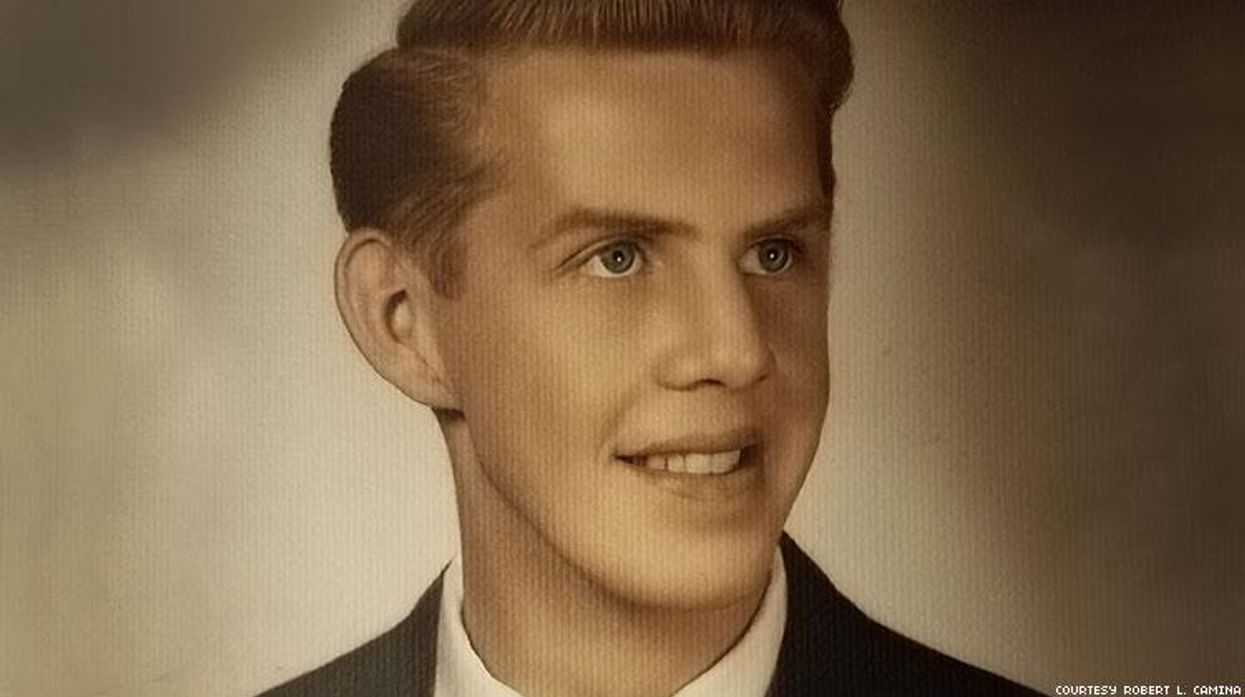

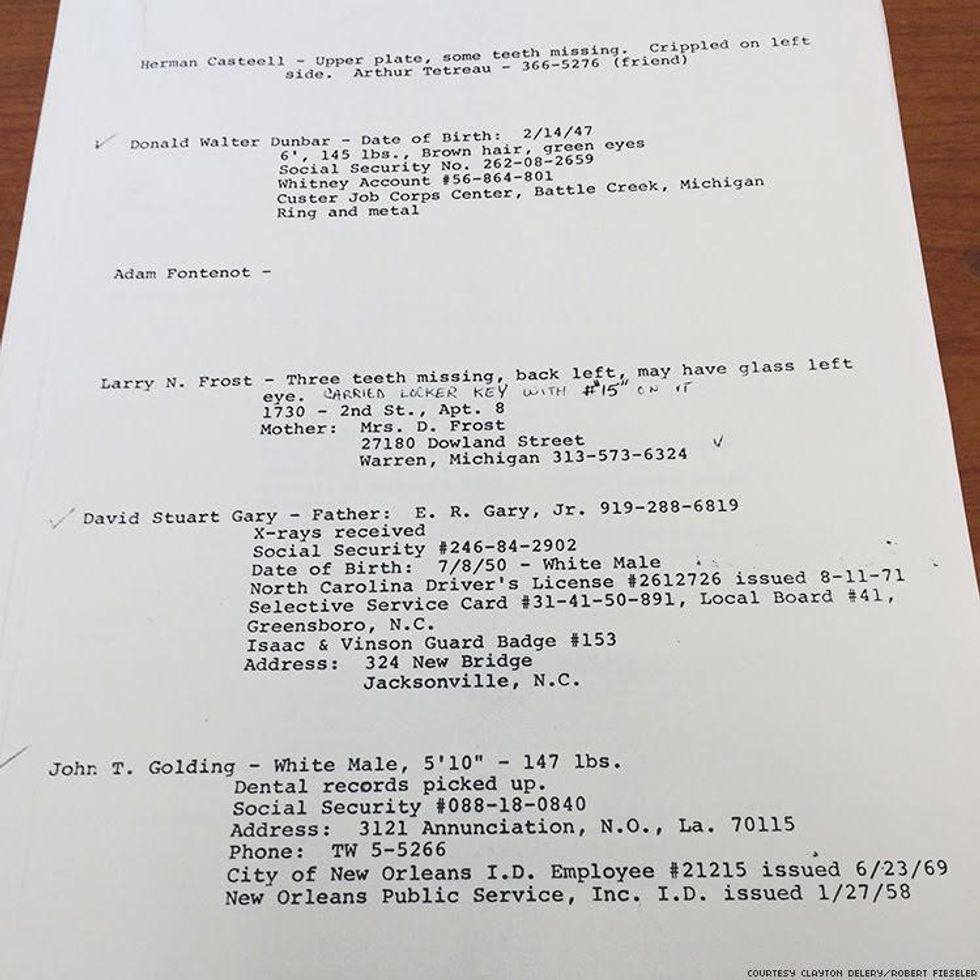






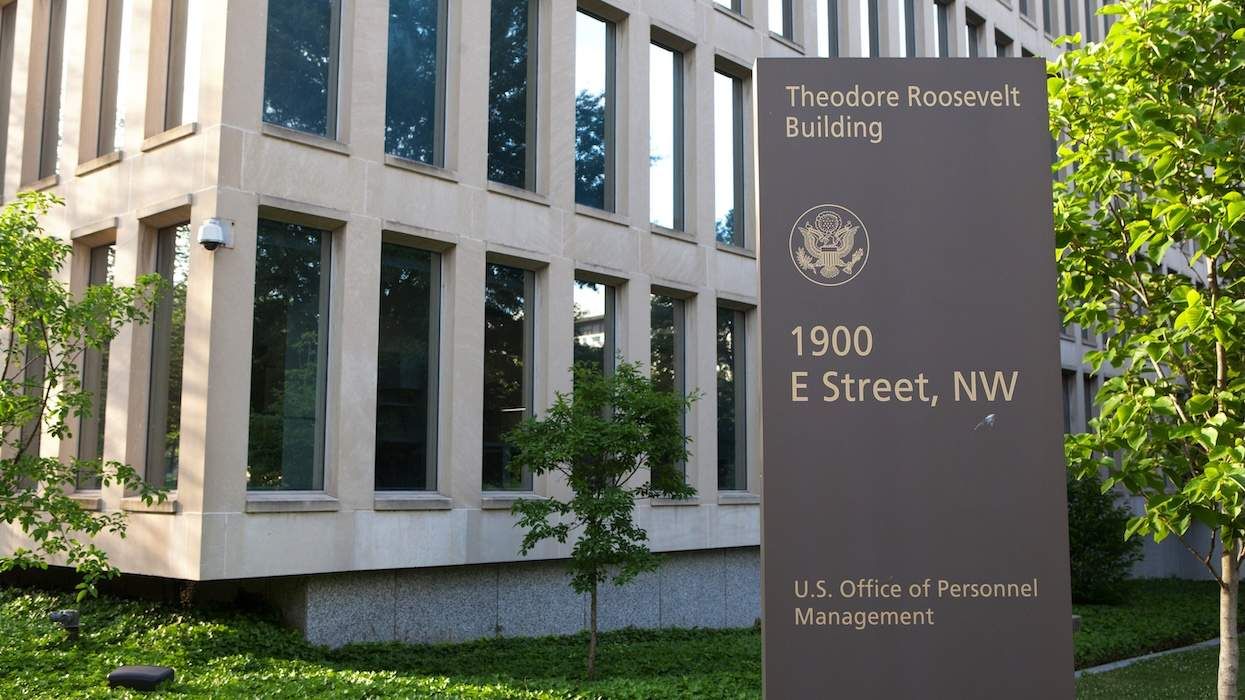

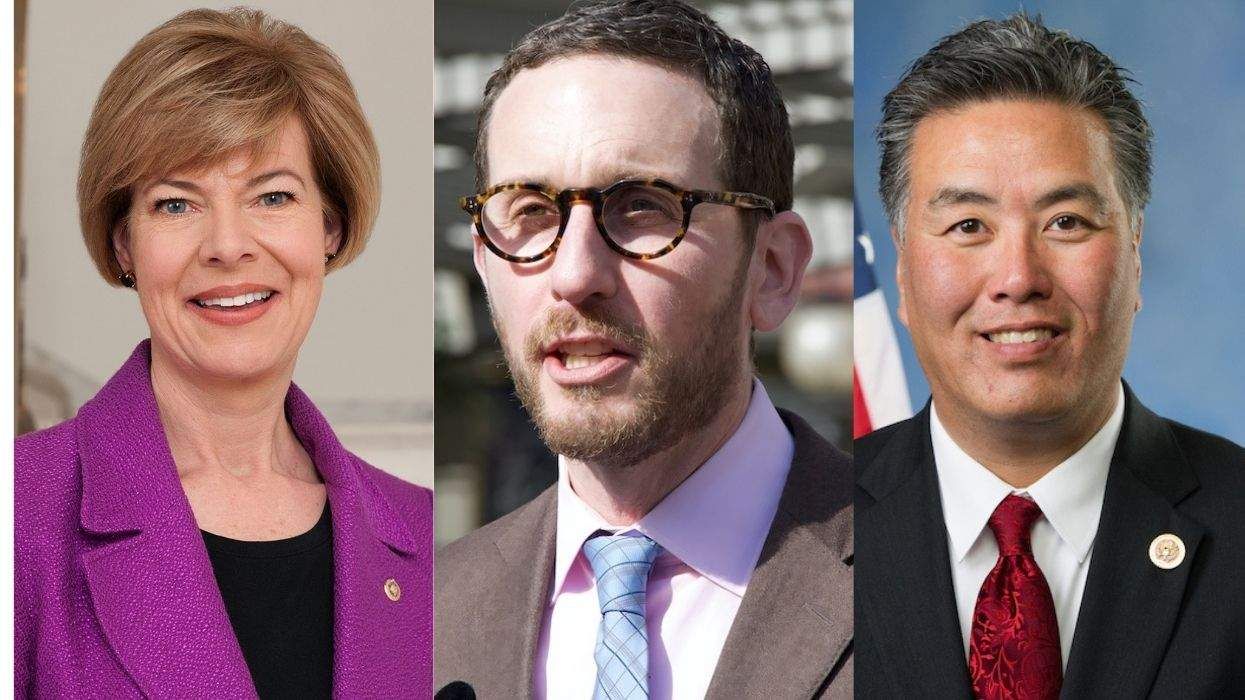
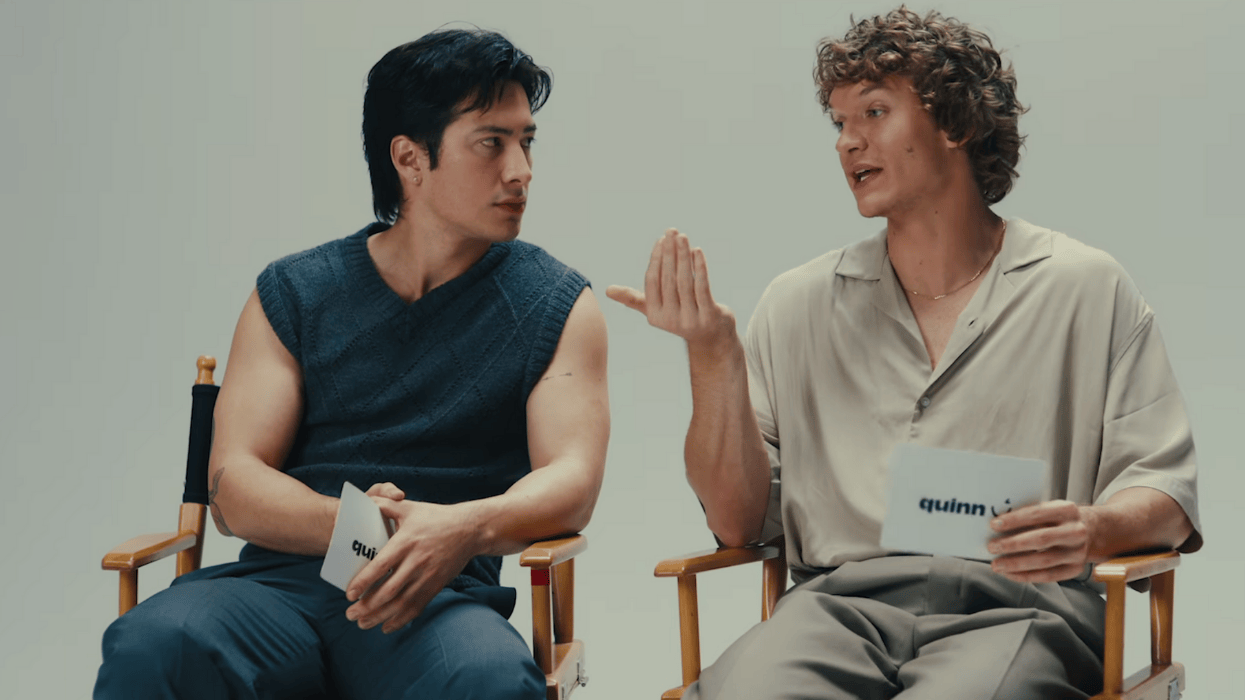

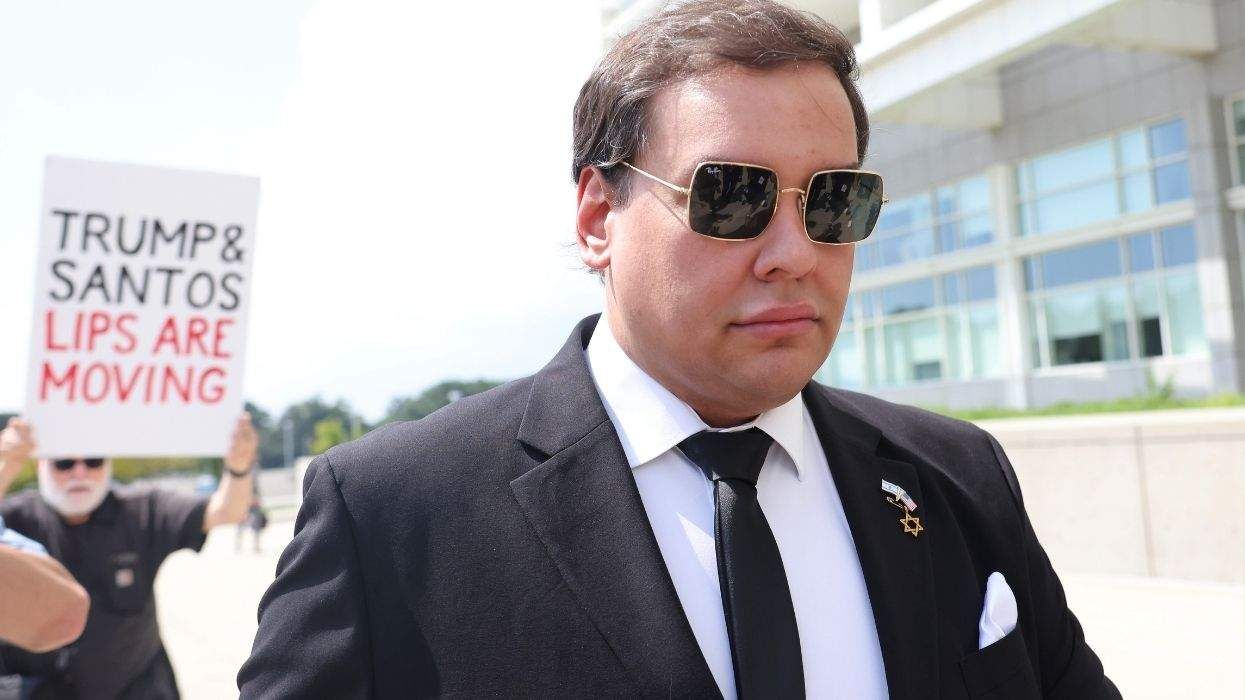
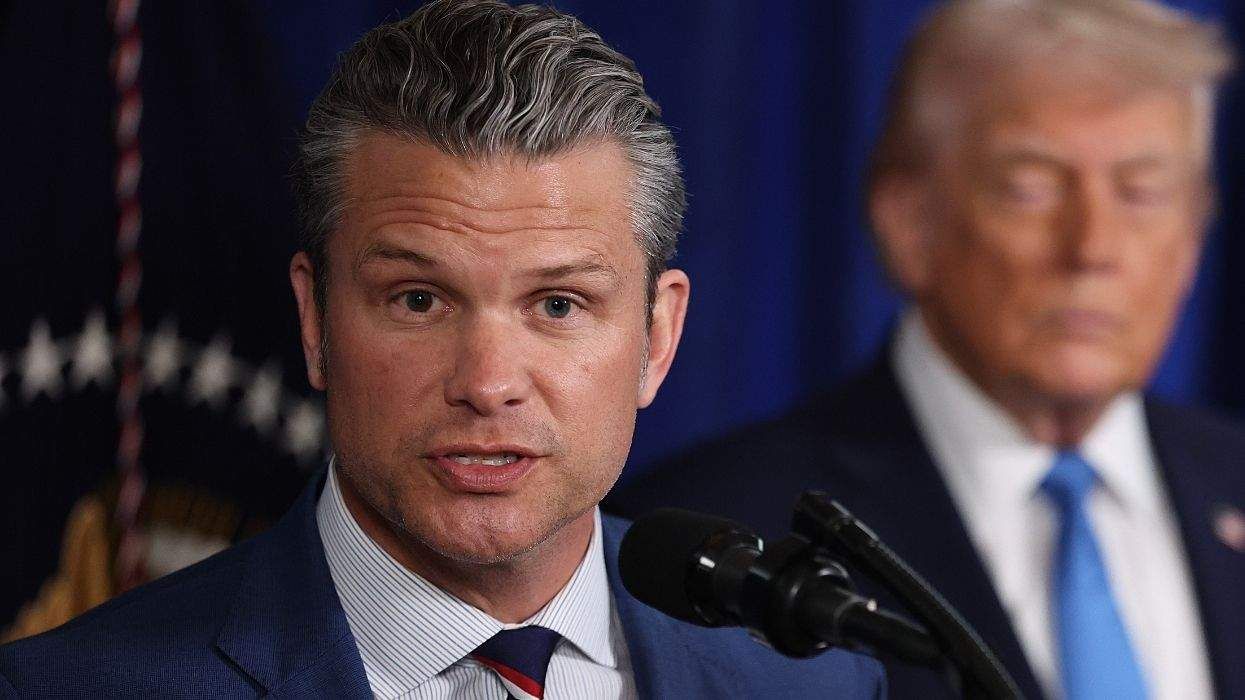
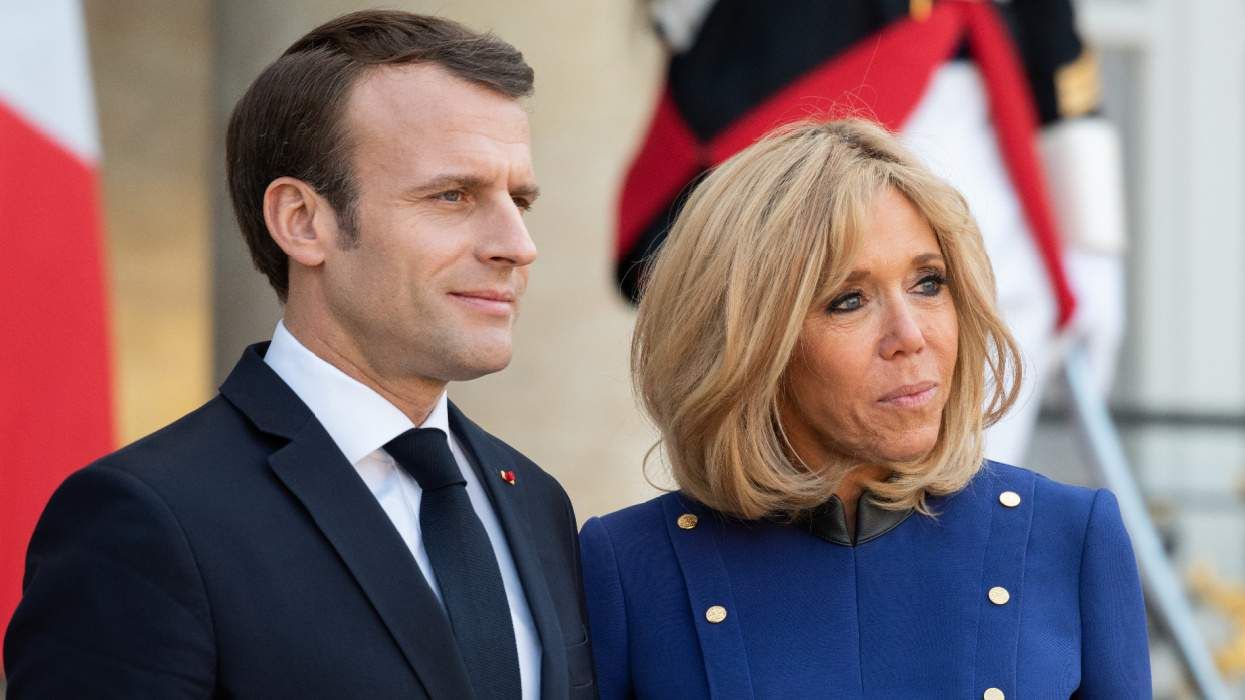
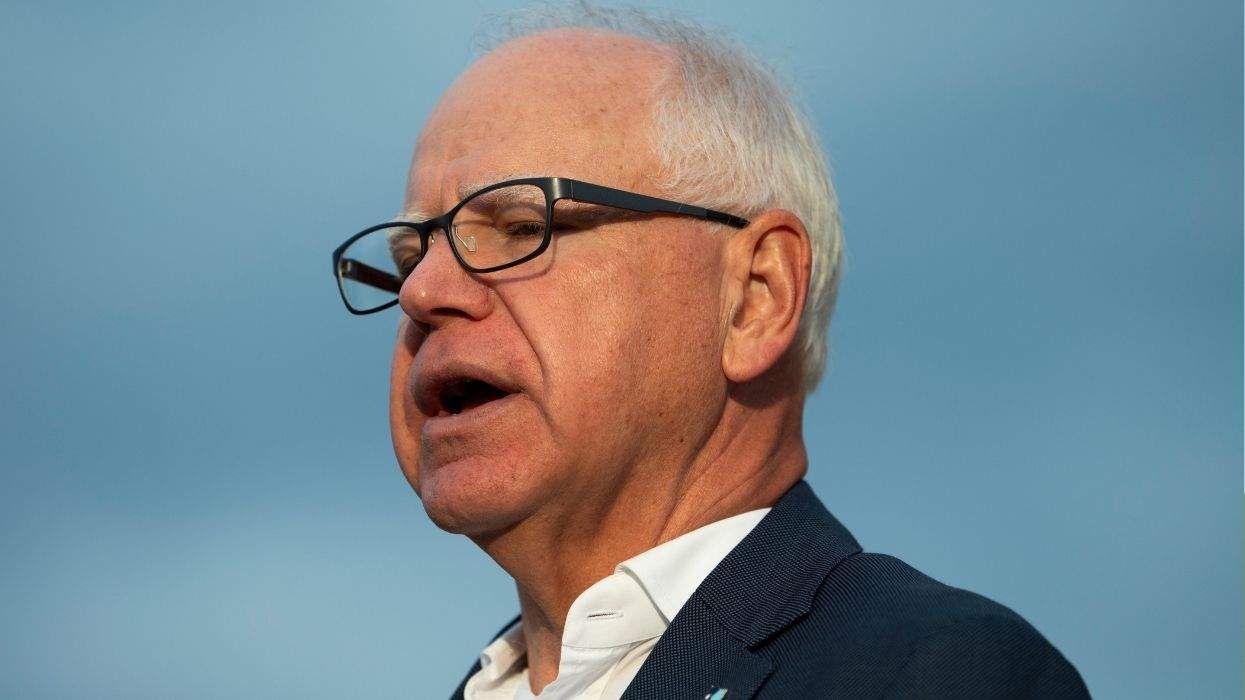
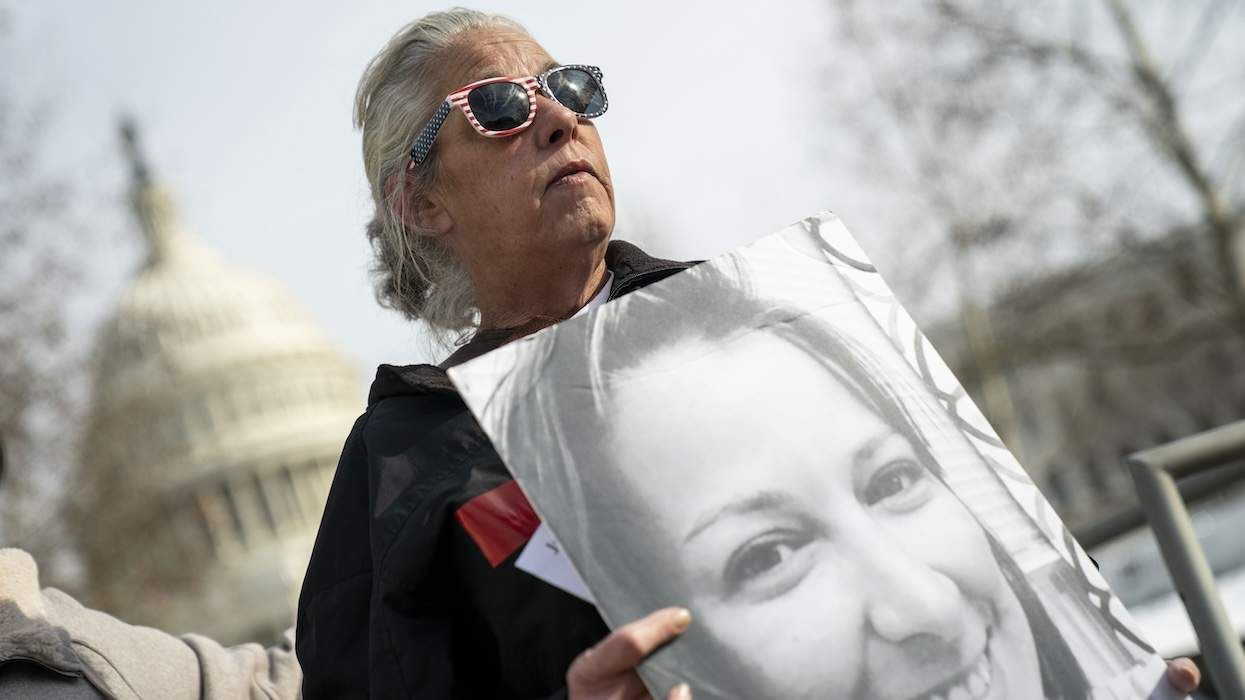
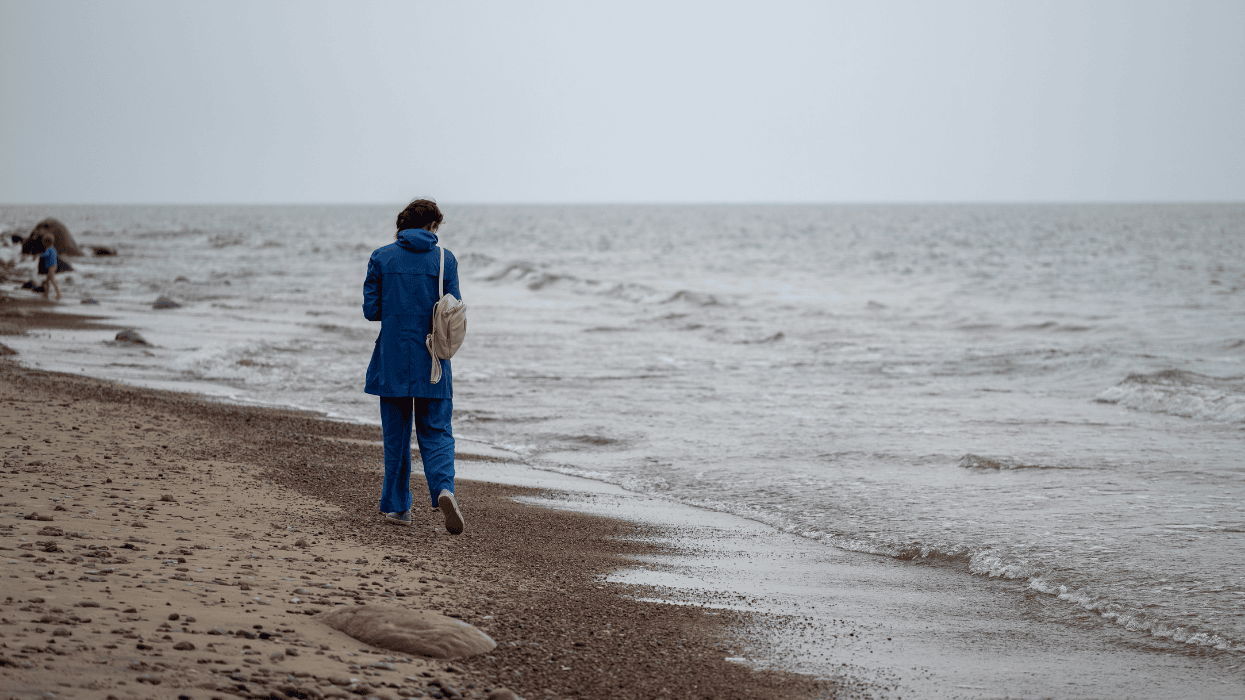

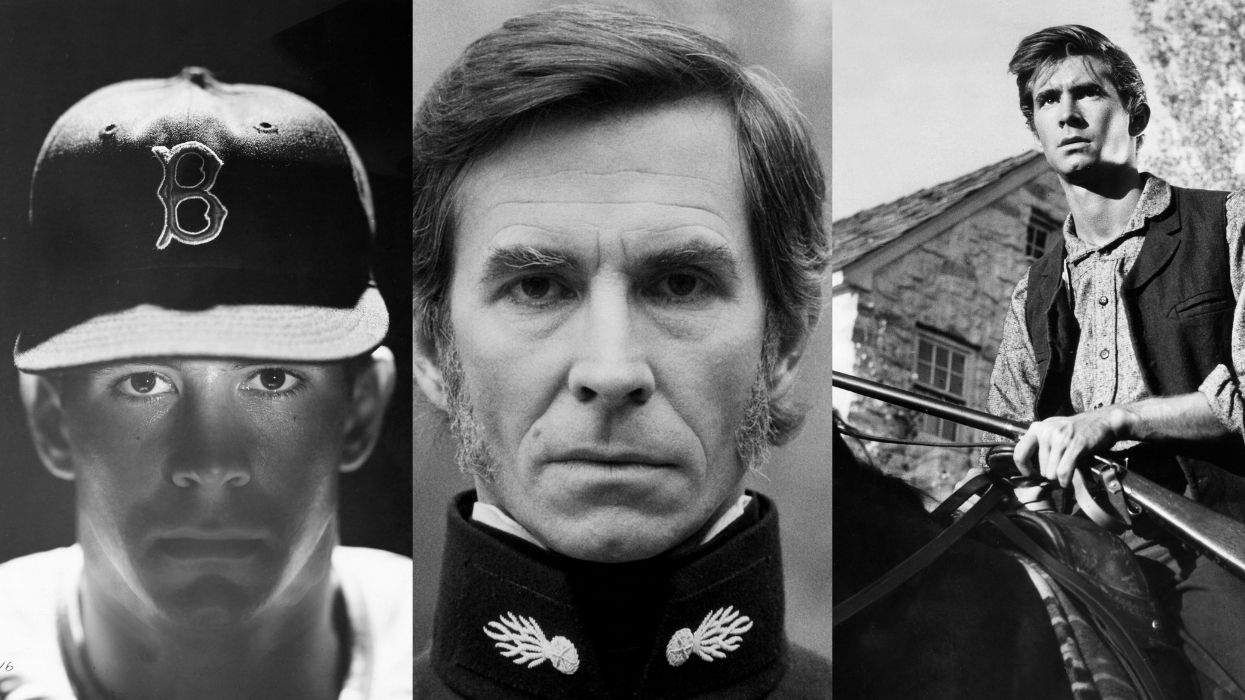
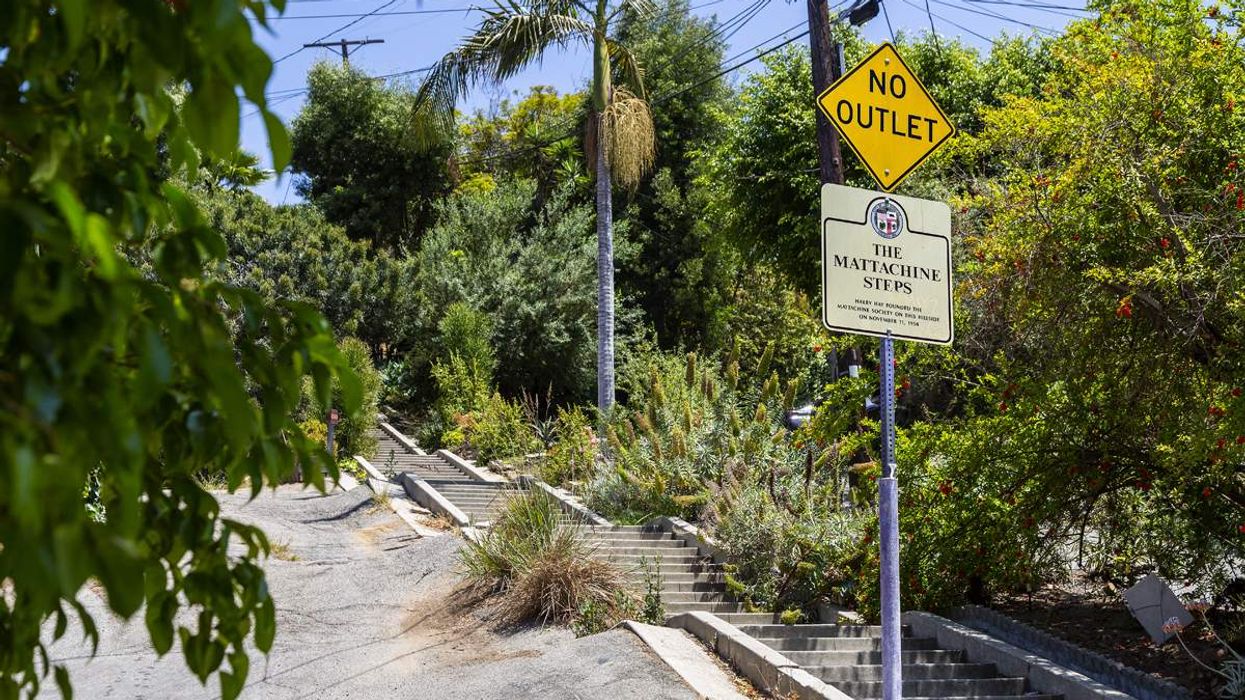

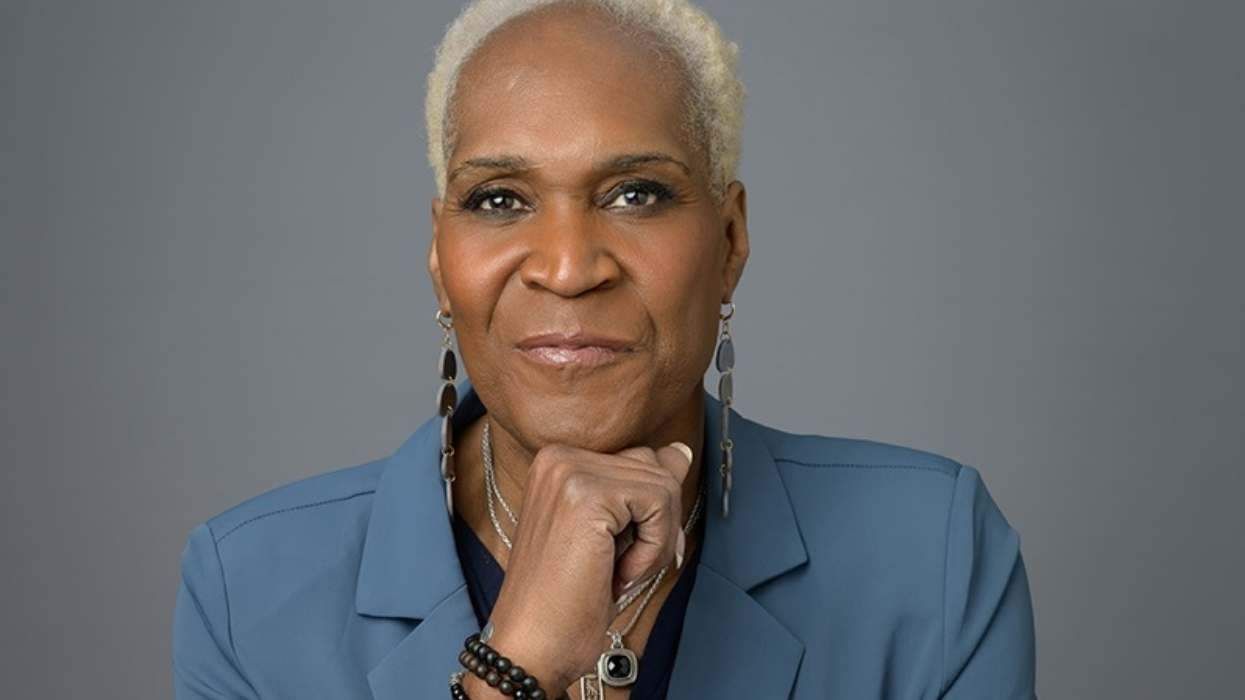


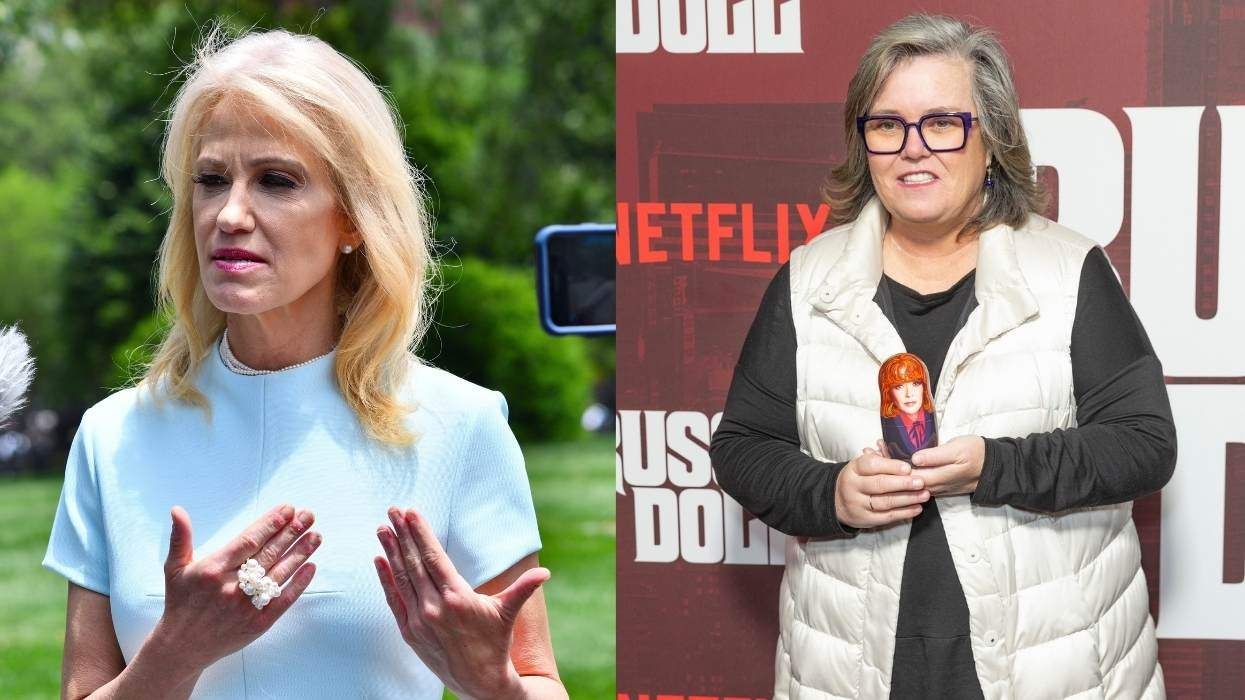
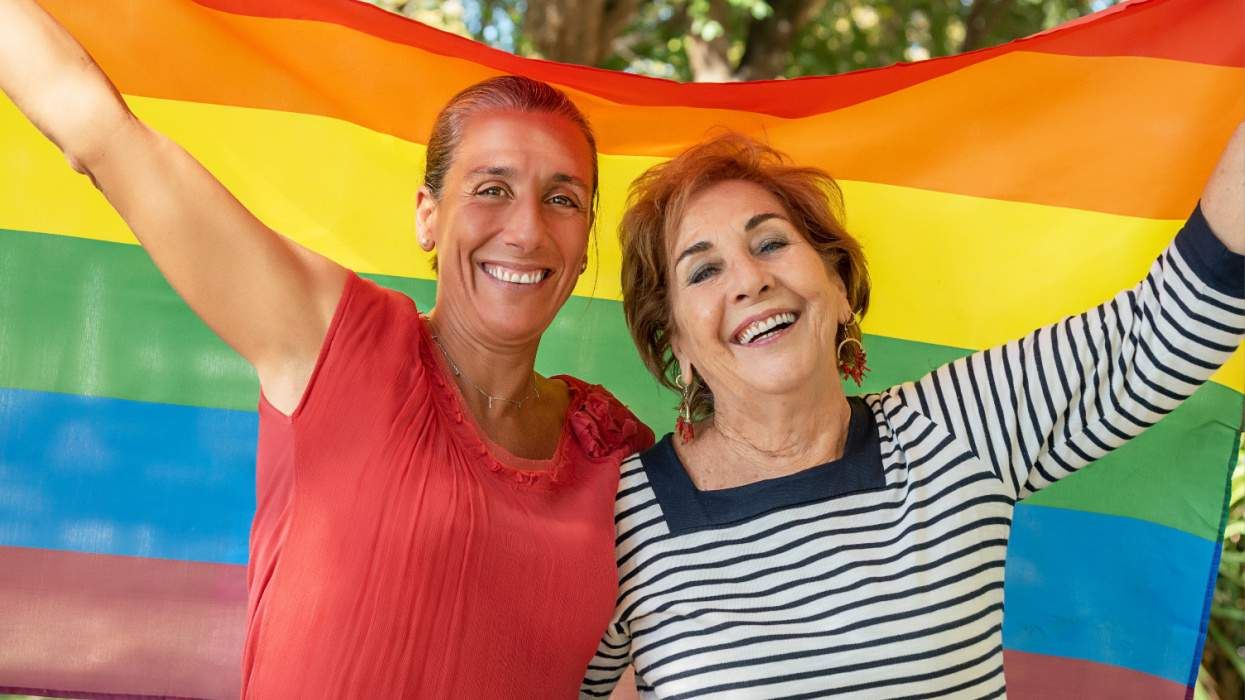

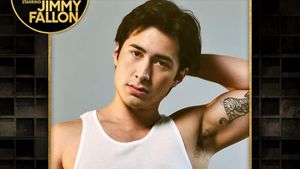

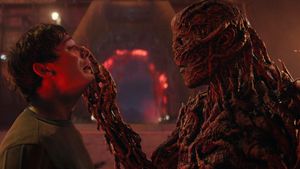



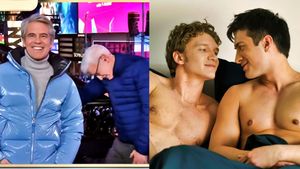





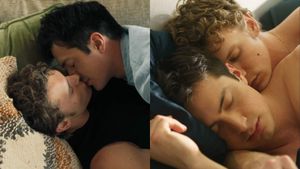

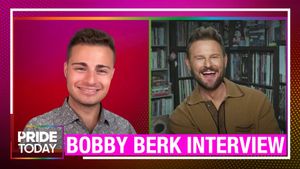


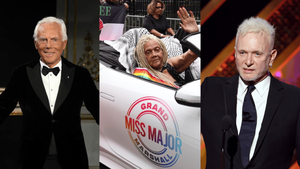


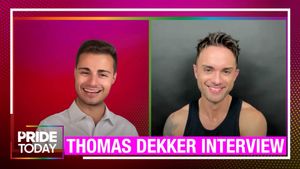










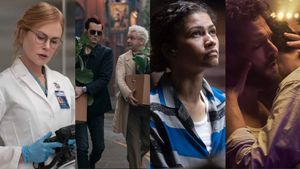







Charlie Kirk DID say stoning gay people was the 'perfect law' — and these other heinous quotes